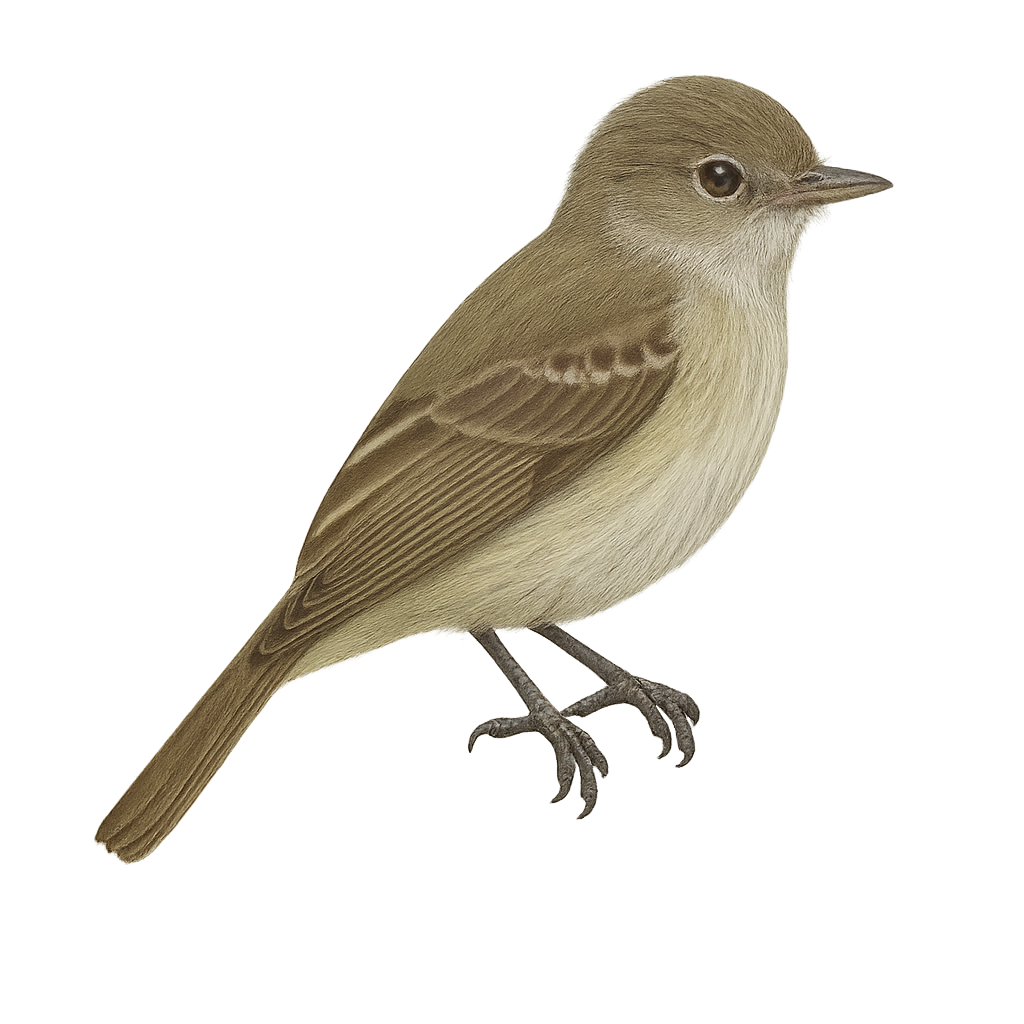Your wildlife photography guide.
Explore the small-billed elaenia in detail, study its behavior, prepare your shots.
Where to observe and photograph the small-billed elaenia in the wild
Learn where and when to spot the small-billed elaenia in the wild, how to identify the species based on distinctive features, and what natural environments it inhabits. The WildlifePhotographer app offers tailored photography tips that reflect the small-billed elaenia’s behavior, helping you capture better wildlife images. Explore the full species profile for key information including description, habitat, active periods, and approach techniques.
Small-billed Elaenia
Scientific name: Elaenia parvirostris

IUCN Status: Least Concern
Family: TYRANNIDAE
Group: Birds
Sensitivity to human approach: Suspicious
Minimum approach distance: 10 m
Courtship display: September to December
Incubation: 16-17 jours
Hatchings: September to January
Habitat:
Forests, savannas, wooded areas
Activity period :
Primarily active during the day, with peak activity in the morning and late afternoon.
Identification and description:
The Small-billed Elaenia is a small passerine bird belonging to the Tyrannidae family. It is primarily found in South America, especially in wooded areas and savannas. This bird is characterized by its olive-gray plumage on the back and lighter underparts, as well as its relatively short bill, which gives it its name. Small-billed Elaenias are often seen feeding on insects and fruits, which they catch in flight or on branches. Their song is a key element of their communication, often described as a soft and melodious whistle. Although generally discreet, they can be observed in small groups or pairs.
Recommended lens:
400 mm – adjust based on distance, desired framing (portrait or habitat), and approach conditions.
Photography tips:
To photograph the Small-billed Elaenia, it is advisable to use a telephoto lens of at least 400mm to capture precise details without disturbing the bird. Look for areas where these birds are active, such as forest edges or savannas. Be patient and discreet, as these birds can be suspicious. Use a tripod to stabilize your camera and wait for the right moment to capture the bird in flight or feeding. Take advantage of the natural light in the morning or afternoon to get well-lit and contrasted images.
The WildlifePhotographer App is coming soon!
Be the first to explore the best nature spots, track rutting seasons, log your observations, and observe more wildlife.
Already 1 439 wildlife lovers subscribed worldwide

